WELLNESS
Herbs for your spice rack

Herbs and spices do more than adding flavor to food, find out the inherent health benefits. Herbs have been used as traditional treatments of ills without any negative side-effects. They are also loaded with nutrients for building strong, healthy mind and body. It’s best to eat herbs in their freshly picked state, rather than their dry preserved state. Read on to learn about top 12 healing herbs that add flavour to meals and also support healthy mind and body
Basil – Combats stress

Basil is an herbal carminative, which can relieve gastric disorders and soothe stomach upsets. The compound called eugenol, in basil helps to provide a calming effect for stress relief, and easing muscle spasms. Researchers suggest that compounds found in basil help disrupt the dangerous chain of events that can lead to the development of cancer.
Cinnamon – Stabilize blood sugar
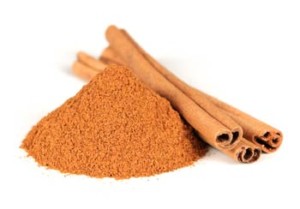
Cinnamon bark contains an oily chemical that kills a variety of illness-causing bacteria.Cinnamon bark also helps regulate the menstrual cycle. Also, it has a tranquilizing effect that helps reduce anxiety and stress. Cinnamon is an effective way to manage blood sugar levels, particularly useful for people with Type II diabetes.
Clove –Relives tooth pain
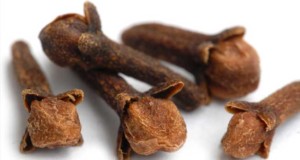
Oil of clove is a potent pain deadening antimicrobial. Clove is known to have an effective stop-gap measure for tooth pain. Clove is also among the spices that can help the body use insulin more effectively, thus somewhat lowering blood sugar. Clove is also found to speed healing of the dreaded cold sores.
Fennel seed – Ease bloating and indigestion
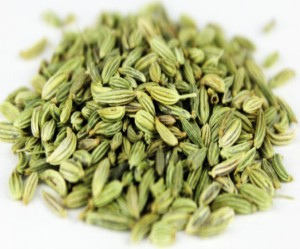
Rich in volatile oils, fennel is known as a carminative herb, meaning that it can ease bloating, gas pains, and digestive spasms in the small and large intestines. Fennel can also reduce bad breath and body odour that originates in the intestines. Women who are breastfeeding find that fennel increases milk flow.
Garlic –Lowers cholesterol and blood pressure
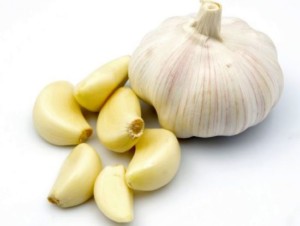
Intact garlic cloves contain an odourless, sulphur-containing amino acid called alliin. When the garlic is crushed, alliin becomes allicin. Allicin helps lower cholesterol and blood pressure and also helps prevents blood clots. Garlic can also reduce the risk of developing atherosclerosis (hardening of the arteries). Compounds in this familiar bulb kill many organisms, including bacteria and viruses that cause, flu and colds. Garlic is also effective against digestive ailments and diarrhoea. This common and familiar herb help prevent the onset of cancers.
Parsley – Inhibit breast cancer cell growth

Parsley is packed with vitamins and has some more specific uses, such as treating bad breath. This is due to the plant’s high concentration of chlorophyll, which can even treat halitosis. Parsley can actually inhibit breast cancer cell growth. It is recommended adding a couple pinches of minced fresh parsley to your dishes daily.
Tobacco – Treat bee sting

Tobacco is regarded for little else than its addictive nicotine content, but it also doubles as a surprisingly impressive way to treat bee and wasp stings. Tobacco acts as a sort of anaesthetic to the area, possibly helping to draw out the sting’s toxins as well.
Rosemary -Enhance mental focus, fight foodborne bacteria
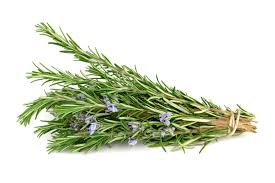
This ultra-fragrant, evergreen herb has garnered interest for medical and pharmaceutical uses, most notably as a mild memory enhancer. Essential oils can be found for rosemary, but the plant itself can leave a noticeable scent even when dried. Rosemary contains rosmarinic acid and other antioxidant compounds that fight bacteria and prevents meat from spoiling, and may even make cooked meats healthier.
Ginger -Prevent nausea and fight arthritis pain
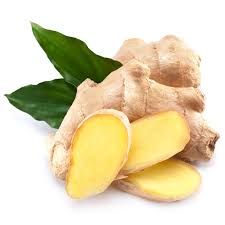
Ginger also has a well-deserved reputation for relieving an unsettled stomach. Ginger extracts can help reduce nausea caused by morning sickness or following surgery or chemotherapy, though it’s less effective for motion sickness. But ginger is also packed with inflammation-fighting compounds, such as gingerols, which some experts believe may hold promise in fighting some cancers and reduce the aches of osteoarthritis and soothe sore muscles. It is found that ginger extract injections help relieve osteoarthritis pain of the knee.
Neem – Must for Healthy Skin

Neem oil relieves dry skin and soothes itchy, red, irritated skin. It helps treat fungal infections, lice, dry scalp, dandruff, premature greying of the hair, gingivitis and skin disorders. Neem has the ability to improve overall skin health by fighting the bacteria that causes pimples and acne.
Dill – Treats heartburn

Dill has been used to soothe the digestive tract and treat heartburn, colic, and gas. The word dill comes from the word dilla, meaning to soothe. The herb has an antifoaming action help break up gas bubbles. Like parsley, dill is rich in chlorophyll, which also makes it useful in treating bad breath.
Cayenne – Relives a headache
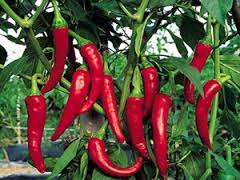
Cayenne pepper is a hot red powder made from tropical chili peppers. It contains alkaloid capsaicin, which relieves pain by blocking the chemicals that send pain messages to the brain. If you eat cayenne at the first sign of any type of a headache, with plenty of water as a chaser, this spicy herb may be an effective alternative treatment. Added to food, cayenne perks up an appetite, improves digestion and relieves gas, nausea, and indigestion. The herb also thins phlegm and eases its passage from the lungs, thus helping to prevent and treat coughs, colds, and bronchitis.
Include the above-mentioned herbs and spices into your daily cooking or diet on a regular basis, to enhance your quality of life.
(Inputs by Dietician Simran Saini)

